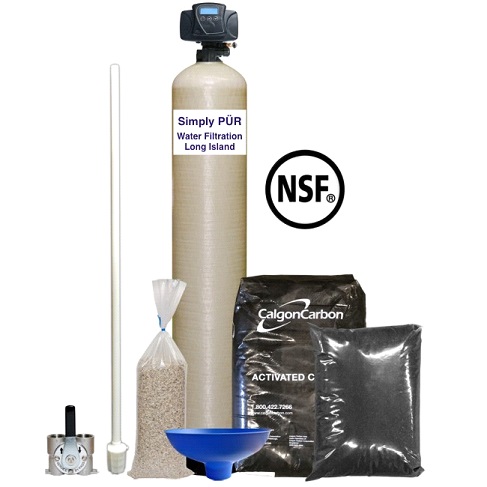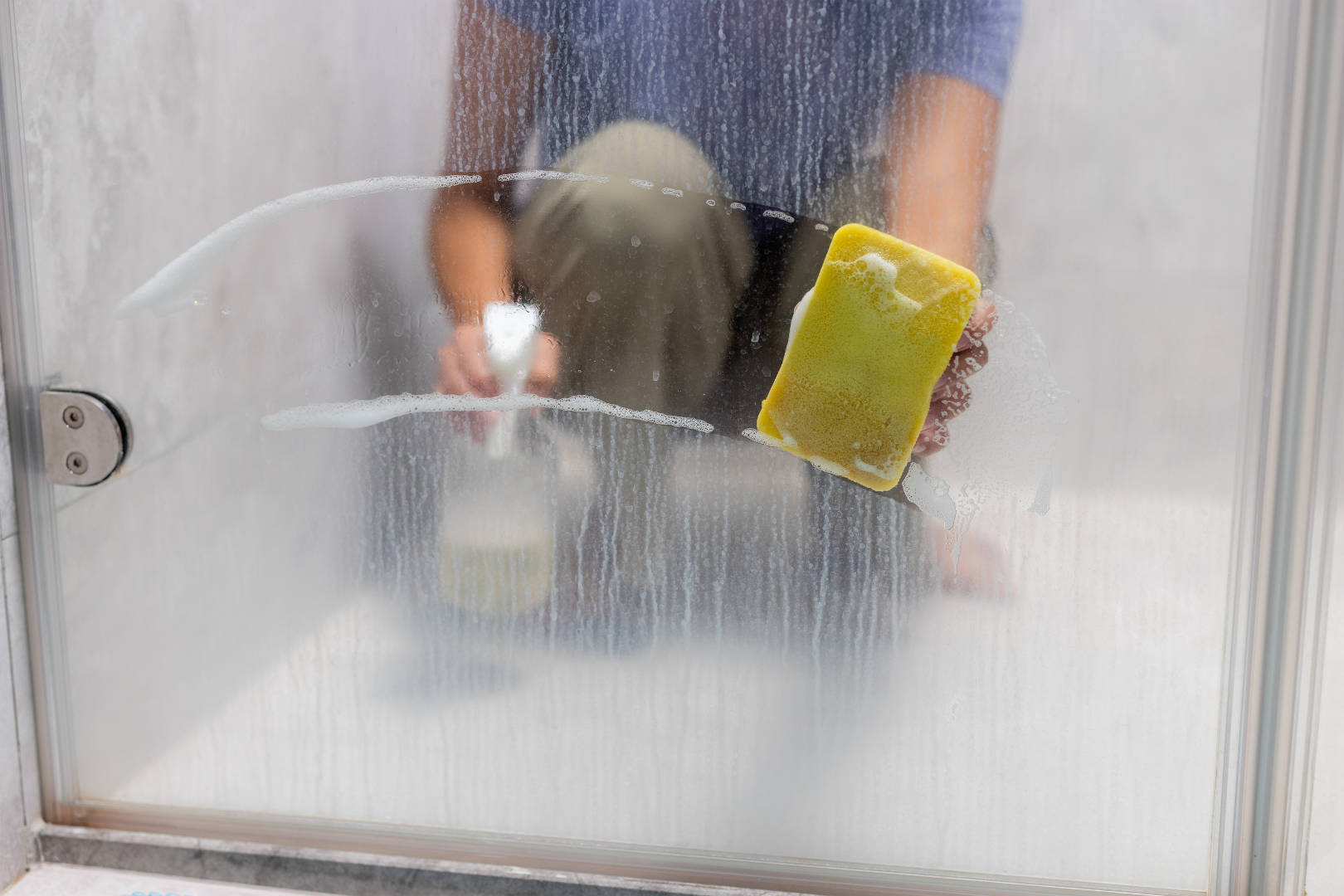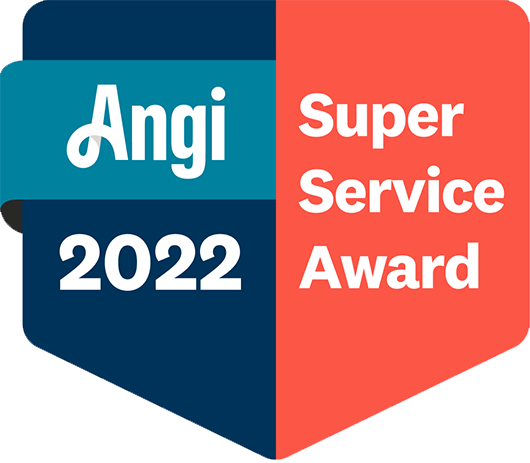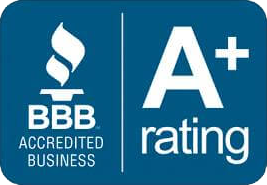If you’ve noticed white spots on glassware, mineral crust on your showerheads, or dry, itchy skin after bathing, you may be dealing with hard water. This is a common issue in Long Island, where water hardness typically ranges from 7–12 grains per gallon (GPG), classifying it as hard to extremely hard.
What does that mean for Long Island homeowners?
- Shortened appliance lifespan due to scale buildup,
- Higher energy bills from inefficient water heaters,
- Soap scum and dull laundry,
- Dry skin and dull-looking hair,
- Frequent plumbing maintenance.
Hard water is more than a minor inconvenience; it has real consequences for your comfort, your wallet, and the long-term health of your home appliances.
What Makes Hard Water “Hard”?
Water becomes “hard” when it contains elevated levels of calcium (Ca²⁺) and magnesium (Mg²⁺) ions. These naturally occur in Long Island’s underground aquifers and are picked up as water moves through rock and soil layers. Many Long Island homes receive water with 7–12 GPG, a level that requires attention to protect your home and health.
Hardness Levels:
- Soft Water: 0–1 GPG
- Slightly Hard Water: 1–3 GPG
- Hard Water: 3–7 GPG
- Very Hard Water: 7–10 GPG
- Extremely Hard Water: 10+ GPG
Why Does It Matter?
- Calcium and magnesium combine with soap to form a sticky, insoluble curd.
- These minerals precipitate when heated, forming scale buildup that coats heating elements, pipes, and fixtures.
- Over time, hard water can clog plumbing, wear down appliances, and contribute to skin irritation.
Long Island’s Hard Water Profile
The source of Long Island’s water contains high levels of dissolved minerals. This geological reality leads to hard water conditions across much of Suffolk and Nassau Counties.
Look out for these common hard water effects around your home:
- White crusty deposits on faucets and fixtures
- Scale buildup inside hot water heaters, dishwashers, and washing machines
- Reduced efficiency of water-using appliances
- Cloudy or spotty dishes and glasses
- Hard-to-rinse soap on skin and hair
How Water Softeners Work
Water softeners use a process called ion exchange to remove the minerals that cause hardness. Here’s how it works in plain terms:
- Water flows into the softener tank, filled with tiny resin beads
- These beads are coated with sodium or potassium ions—the “soft” minerals.
- As hard water passes through, the calcium and magnesium in your water stick to the beads.
- In exchange, sodium or potassium ions are released into the water.
- Eventually, the beads become full of minerals.
- The softener then runs a regeneration cycle, using a saltwater (brine) solution to wash away the minerals and recharge the beads.
Most systems use salt (sodium chloride) or potassium chloride, which needs to be refilled every 4–6 weeks, depending on water use. This keeps the system running effectively with minimal maintenance.
Why Should You Install a Water Softener in Your Home?
The best solution to Long Island’s hard water problem is to install a whole-house water softening system. Here’s why these systems are a crucial investment:
- Improved Cleaning: Softened water eliminates soap scum, reduces staining, and enhances the efficiency of cleaning processes. It leaves surfaces, glassware, and clothing noticeably cleaner and brighter.
- Save Money Over Time: Softened water allows appliances to operate more efficiently, resulting in energy savings and reduced maintenance costs. Additionally, by preventing scale buildup, you can avoid.
- Improved Taste: Hard water often has a distinct taste due to its high mineral content, which can be off-putting to many people. Water softening systems not only eliminate these minerals but also improve the overall taste and odor of the water. This means a more refreshing and enjoyable experience whether you’re drinking a glass of water, brewing coffee, or making soup.
Simply PURE Whole House Water Softening
Installing Simply PURE Whole-House Water Softening in your Long Island home can truly transform your daily life. These innovative systems effectively tackle the detrimental effects of hard water, addressing concerns related to skin and hair health, pipe and appliance maintenance, and overall water quality. By opting for these cutting-edge systems, you can create a more comfortable and efficient living environment, offering a comprehensive solution to the challenges posed by hard water. Contact us today and ask about our free water quality analysis to get started.
About Simply PURE Water Filtration Services
Living in and serving the Long Island community, we strive to make sure everyone has access to clean, healthy water. We have the experience, knowledge, and industry-leading technology to provide clean water solutions for water impurities, contaminants, hard water, bad tasting/odors, well water, acidity & pH regulations.
Proud members of the WQA (Water Quality Association), and the EWQA (Eastern Water Quality Association), we adhere to strict guidelines and the WQA code of ethics. As a Pentair True Blue Partner and Authorized Distributor of Pentair Products, there’s nothing comparable to the performance, and efficiency of our whole house purification systems, water softeners, neutralizers, whole-house filters, and alkaline reverse osmosis systems for drinking in the convenience of your home.


Our products are all NSF / ANSI certified, meeting the highest safety standards and quality performance. Providing our community with only the best experience of high quality water that’s Simply PURE from our family to yours!
Simply PURE utilizes accurate testing methods before and after system installation, as well as annual maintenance of all your water treatment equipment. Our Revolutionary Custom Built Water Treatment systems upon the completion of a Free In-Home Water Analysis, or an in-depth Comprehensive Water Analysis of your choice sent to our Certified Laboratory.




